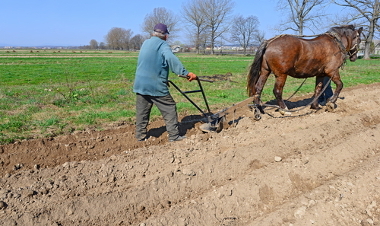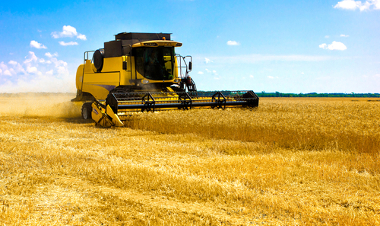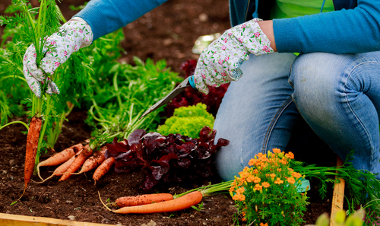Since the development of the first civilizations, agriculture has been going through successive transformations in their forms, especially with the evolution of instruments and the different uses of their techniques. These are the techniques that provide for differentiations across the agrarian space and enable its configuration and reconfiguration in different ways over time.
In this sense, there are the agrosystems, also called agrarian systems, which are the set of agricultural production techniques or models responsible for the adoption of planting or cultivation, in which the relationships between agriculture and space are seen, as well as the results of the application of these different models.
In terms of classification, there are three types of agrosystems according to their complexities and the type of techniques used by them, they are: traditional, modern and organic agrosystems.
You traditional agrosystems, as the name implies, comprise the oldest and most simplified techniques of the production process in the field. They are characterized by the greater use of salaried or associated labor and by the lesser presence of scientific and technological devices.
These traditional agrosystems tend to be more widely used in underdeveloped countries, as well as in part of emerging ones. As they need a large average number of workers, they tend to contain the rural-city migration (rural exodus). This type of production is usually aimed at domestic marketing, which is why there is almost no export. The main focus is on products from the so-called “culture of the poor”, such as rice, beans, among others.
Some types of traditional agrosystems are plantations, shifting, Mediterranean and gardening agriculture. With the advance of the rural industrialization process, these agrarian systems are losing strength and importance, a factor that intensifies with the concentration of land.

Traditional agrosystems use more rustic techniques, so they are more employable
You modern agrosystems are those in which there is the use of more advanced technology, with a lower average of employability, given that most of the production is mechanized, with instruments capable of replacing tens or even hundreds of workers. This type of agrosystem became popular from the 1960s onwards, with the inauguration of the so-called “green revolution”, which was based on the expansion of production through advanced techniques in the area of biotechnology and equipment production.
In general, modern agrosystems use, in addition to the aforementioned techniques, a wide range of fertilizers, pesticides, soil correction techniques and, in some cases, known genetically modified products like transgenic.
There are production systems that employ advanced technology, both in predicting fluctuations meteorological or climatic conditions and even the implementation of control over species with use of Geographic Information Systems (GIS).
The great issue of modern agrosystems is the high cost of their equipment and the resulting land concentration process. After all, extensive investments are needed for a modernized production, which also increases profits and reduces the number of workers who start to live in cities.
Another factor is the environmental one, as the arable areas are expanded at the expense of the conservation of natural vegetation, in addition to the pollution of rivers and soils by pesticides that run off superficially with irrigation and also in times of rain. An example of this dynamic is the Brazilian Cerrado, which was almost totally devastated due to the expansion of the agribusiness that, thanks to new techniques, started to produce on a large scale where before there was no suitable soil for such.

Modern agrosystems use more technology and employ less
Finally, we have the alternative agrosystems, which involve all planting techniques based on the conservation and sustainable use of the environment. These agrosystems involve organic, ecological and many other techniques, whose main objective is to guarantee the practice of sustainability.
In addition, alternative agrosystems operate by forgoing chemical products that may eventually affect the quality of products or make them less healthy, such as pesticides or genetic alteration such as in transgenics. Instead, the exclusive use of organic or natural fertilizers, such as manure and other plant remains, is sought, and biological pest control measures are adopted.
Another very important procedure for alternative agrosystems is polyculture or even crop rotation, that is, instead of cultivating only one type of vegetable to meet purely economic objectives, the production of several species is sought and even the intercalation between one and other.
Although, in general, alternative agrosystems are basically aimed at subsistence and are more used in the cultivation of horticultural products, there are government investments in several countries, including Brazil, which increase the trade of their products. In some niches, products produced from alternative agriculture are more valued and more sought after by consumers, which has generated economic growth for the sector in the last years old.

Alternative agrosystems aim at the preservation and production of healthy food
Currently, the three types of agrosystems mentioned are widely used throughout the world, but modern agrosystems constitute the hegemony. Their techniques are preferably used under the argument that only they can be able to supply the entire world population, although other factors contribute to the existence of eating problems in various parts of the world.
By Rodolfo Alves Pena
Graduated in Geography
Source: Brazil School - https://brasilescola.uol.com.br/geografia/agrossistemas.htm
